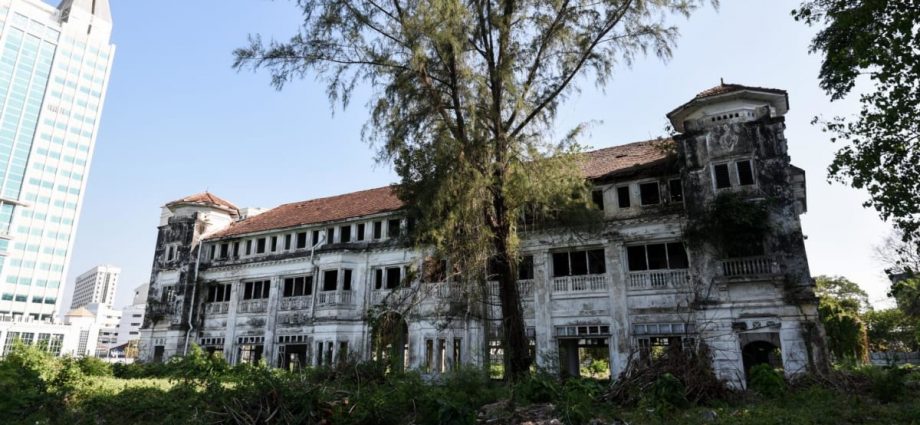
The battle to save Penang’s heritage has been going on since 1982, when colonial Catholic seminary buildings and surrounding park land at Pulau Tikus, a northwestern suburb of George Town, were sold to private developers.
In December 1983, the Municipal Council of Penang rezoned the land from religious/institutional to commercial and residential, going against city planning policies. A petition against the rezoning garnered 900 signatures within a few weeks.
Rapid urban redevelopment in George Town during the real estate boom of the early 1990s also sparked protests, when a developer ignored a heritage site protection order and demolished the Hotel Metropole, a prominent heritage building.
Until today, heritage properties in George Town remain a “highly desirable” investment opportunity, a 2021 Tatler Asia article said. This is especially so after its world heritage site listing in 2008.
Penang as a tourist spot is one factor that investors think can yield high returns. As a result, most heritage properties have been converted to commercial businesses such as hotels, cafes and souvenir shops, said the article.
Unlike in some countries, Penang authorities cannot legally intervene in a willing buyer-seller situation involving heritage buildings.
The redevelopment might not happen immediately. Heritage activist Mark Lay said developers might land bank first, and when the time is right, start building a condominium, for example.
A 2017 Khazanah Research Institute report stated that about 8,500 residents from 591 households left George Town two years after its nomination as a World Heritage site in 2007, during which there were 18,660 residents.
“While its inscription as a World Heritage site has successfully boosted the image of Penang and paved the way for the state to rejuvenate its tourism industry, it also exerted additional pressure on housing affordability,” the report said.

